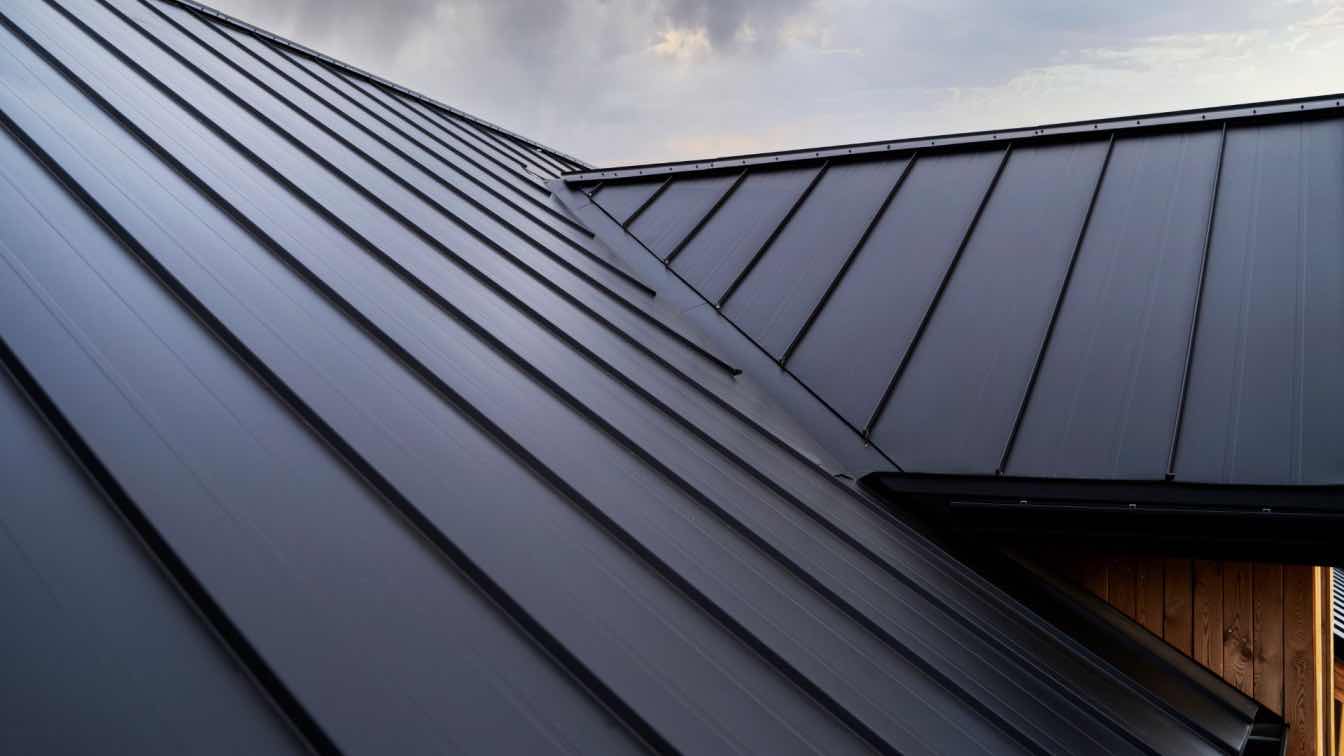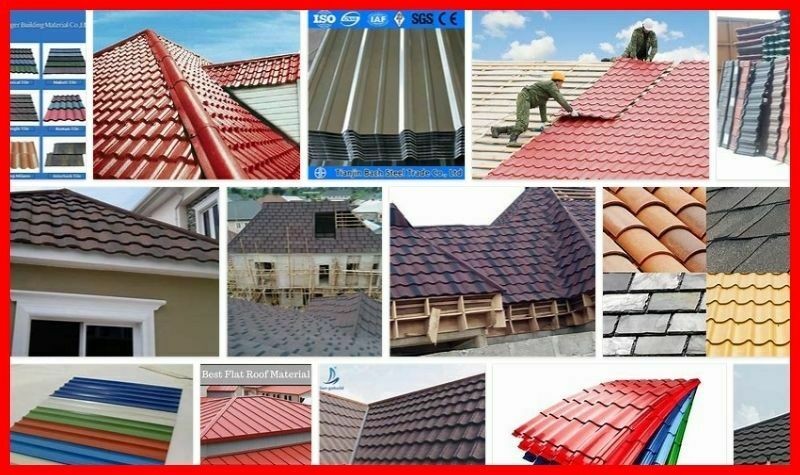A&E Roofing Contractor Queens NY: Quality in Roofing Services
A&E Roofing Contractor Queens NY: Quality in Roofing Services
Blog Article
Increase Your Home's Power Efficiency With Professional Roof Provider
Enhancing your home's energy efficiency through professional roof covering solutions involves a calculated strategy that surpasses plain aesthetic appeals. The roofing, frequently an overlooked element in power preservation, plays an essential role in keeping a comfortable interior setting while reducing energy expenses. From insulation to ventilation, every element of your roof covering can influence your home's power consumption. Think about the implications of roofing system color, the advantages of proper maintenance, and the influence of roofing materials on your energy efficiency goals. It's time to raise your understanding of how professional roof covering services can transform your home into an energy-efficient shelter.
Importance of Roof Insulation
Reliable roof insulation significantly adds to maintaining a building's power performance by lessening warmth loss and decreasing power consumption. By developing a barrier that avoids warmth from running away during the cooler months and entering during the warmer months, roof covering insulation plays a crucial function in maintaining indoor temperature levels. This stabilization results in a decreased dependence on home heating and cooling systems, inevitably lowering power costs and lowering the general carbon impact of the structure.
Moreover, proper roofing system insulation assists in protecting against dampness build-up within the building's framework. By developing a protective layer that hinders the development of condensation, insulation alleviates the danger of mold growth, wood rot, and other forms of structural damages brought on by excess dampness. This not just maintains the stability of the building but additionally enhances indoor air top quality, promoting a healthier setting for owners.
Basically, spending in top quality roofing insulation is a cost-effective method that not only enhances energy performance but also adds to the long-lasting sustainability and convenience of a structure.
Benefits of Proper Roof Upkeep
Correct roofing system upkeep, as a vital complement to durable roofing system insulation, plays a crucial duty in guaranteeing the long-term longevity and performance of a building's roof. Regular maintenance tasks such as evaluations, repair work, and cleansing aid in determining and resolving problems before they escalate right into expensive problems. By proactively preserving the roofing system, residential or commercial property owners can extend its life expectancy, preventing early damage caused by leakages, water damage, or architectural issues.
One of the crucial benefits of proper roofing maintenance is improved energy effectiveness. A well-kept roof with intact seals and insulation makes sure that cooling and heating systems operate more successfully, lowering power usage and energy expenses. Additionally, by keeping the roofing system in excellent problem, homeowner can prevent the demand for significant repairs or early roofing system replacements, conserving both money and time in the future.

Effect of Roofing System Color on Power Effectiveness
The color of a roofing system can significantly influence its energy effectiveness performance. Light-colored roofings, such as light or white gray, reflect even more check my source sunlight and heat away from the structure, reducing the amount of warm soaked up right into the framework.
In areas with mainly hot environments, choosing a light-colored roof covering can add to considerable power cost savings and improved comfort inside your home. Nonetheless, in cooler climates, a dark-colored roofing system might help in maintaining even more warm throughout the winter months. When picking a roof covering shade for your home, consider aspects such as climate, energy efficiency goals, and individual preferences to make an informed choice that straightens with your specific needs.

How Roofing System Air Flow Influences Power Cost Savings
Enhancing roofing system air flow plays an essential function in maximizing energy effectiveness and lowering total air conditioning prices for basics buildings. Appropriate roof covering ventilation aids control the temperature level in the attic space, stopping warmth build-up throughout heat. By allowing hot air to get away and fresh air to circulate, roof covering air flow can dramatically lower the stress on cooling down systems, resulting in reduced power intake and energy costs.
Inadequate roofing system air flow can lead to a range of problems that impact energy financial savings. Without correct air movement, entraped warm in the attic room can move into the space listed below, causing the cooling system to function harder to maintain a comfy temperature level. This enhanced work not just takes in more power yet likewise shortens the lifespan of the air conditioning devices. In addition, poor air flow can add to moisture build-up, which can result in mold development and compromise the architectural honesty of the roof covering.
Enhancing Effectiveness Through Roof Covering Materials
Choosing high-grade roof materials is necessary for making best use of power performance in buildings. The sort of roofing material used can dramatically influence the total power consumption of a framework. For example, materials with high solar reflectance and thermal emittance homes can gutter specialists near me help in reducing the heat taken in by the roofing system, thus lowering the need for too much a/c throughout heat.
One prominent selection for energy-efficient roof is awesome roofing products, such as metal roofings or white membrane layer roof. These materials have the capacity to mirror more sunlight and absorb much less warmth compared to typical dark-colored roof coverings, resulting in lowered power expenses and boosted interior convenience. In addition, products with high insulation residential properties, like spray foam roofing or insulated steel panels, can improve the building's thermal performance, reducing warm loss in the winter months and warm gain in the summertime.

Verdict
Finally, it is essential to prioritize correct roof insulation, upkeep, shade selection, air flow, and materials to improve your home's energy efficiency. These variables play an essential duty in reducing power intake and costs, as well as boosting the overall convenience and sustainability of your home. By purchasing expert roofing services, you can dramatically improve the power efficiency of your home and add to a much more eco-friendly lifestyle.
Think about the implications of roofing shade, the benefits of appropriate maintenance, and the impact of roofing materials on your power performance objectives.Effective roofing system insulation substantially contributes to preserving a structure's energy efficiency by decreasing heat loss and lowering energy usage - A&E roofing contractor queens.Appropriate roofing upkeep, as an important enhance to robust roof insulation, plays an essential role in making sure the lasting sturdiness and efficiency of a building's roof covering system. In addition, by maintaining the roofing system in excellent condition, residential property owners can prevent the demand for significant repair work or premature roofing substitutes, conserving both time and cash in the lengthy run
Enhancing roofing air flow plays a crucial duty in maximizing power effectiveness and reducing overall cooling costs for structures.
Report this page